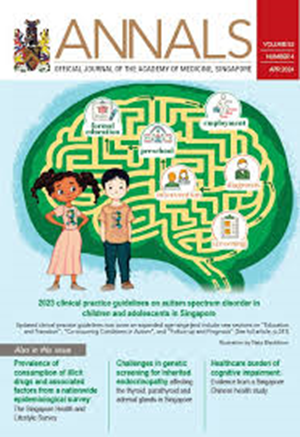新加坡管理COVID-19大流行的经验:来自实地的主要教训
IF 5.2
4区 医学
Q2 Medicine
引用次数: 0
摘要
新加坡在过去3年里成功应对了新冠肺炎疫情,在公共医疗系统被新冠肺炎患者淹没的情况下,积累了宝贵的患者管理经验。有几项举措,其中包括建立社区治疗设施,帮助医院管理不需要紧急监测的住院病人负荷,利用远程医疗,开发启发式方法,根据患者的临床倾向对各种护理途径进行分类,并有效管理不同医疗需求的患者。这些举措是在疫情的第二年(2021年)实施的,不包括住在宿舍的移徙工人和建筑、海事和生产部门的移徙工人,这些移徙工人由人力部的保证、护理和参与小组(ACE)负责,该小组有自己的一套治疗管理措施。不同的护理途径确保患者得到适当水平的护理,并使医疗机构能够专注于更严重的病例。仅2022年一年,在190万新冠肺炎患者的背景下,就有23159名患者从社区治疗机构出院。如果没有由卫生保健集群和卫生部高级领导组成的咨询委员会的监督,使临床治理与医疗政策保持一致,以及医学专家小组的迅速和巨大支持,这些举措是不可能实现的。在此过程中建立的强大的公私伙伴关系有助于社区设施的成功运营和患者护理协议的实施,同时利用信息技术和新兴数据来完善护理协议。本文章由计算机程序翻译,如有差异,请以英文原文为准。
Singapore’s Experience in Managing the COVID-19 Pandemic: Key Lessons from the Ground
Singapore managed the COVID-19 pandemic in the past three years and gleaned valuable lessons on patient management when the public healthcare system was inundated with COVID-19 patients. There were several initiatives, which included setting up of community treatment facilities to help hospitals manage in-patient loads that did not require acute monitoring, leveraging telemedicine, and developing heuristics to sort patients based on their clinical disposition to various care pathways and to effectively manage patients of different medical needs. These initiatives were implemented in the second year of the epidemic in 2021 and did not include the dormitory-based migrant workers and migrant workers in the construction, maritime and production sectors who were under the care of the Assurance, Care and Engagement Group (ACE) in the Ministry of Manpower that had its own set of treatment management measures. The different care pathways ensured that patients received appropriate levels of care and allowed healthcare facilities to focus on more acute cases. In 2022 alone, 23,159 patients were discharged from community treatment facilities against the background of 1.9 million COVID-19 patients. These initiatives would not be possible without the oversight of an advisory board comprising senior leadership from the healthcare clusters and the Ministry of Health to align clinical governance with medical policies, and prompt and immense support from medical specialist panels. The strong public-private partnership forged in the process was instrumental in the successful operation of community facilities and implementation of patient care protocols, coupled with harnessing information technology and leveraging on emerging data to refine care protocols.
求助全文
通过发布文献求助,成功后即可免费获取论文全文。
去求助
来源期刊

Annals Academy of Medicine Singapore
医学-医学:内科
CiteScore
4.90
自引率
5.80%
发文量
186
审稿时长
6-12 weeks
期刊介绍:
The Annals is the official journal of the Academy of Medicine, Singapore. Established in 1972, Annals is the leading medical journal in Singapore which aims to publish novel findings from clinical research as well as medical practices that can benefit the medical community.
 求助内容:
求助内容: 应助结果提醒方式:
应助结果提醒方式:


